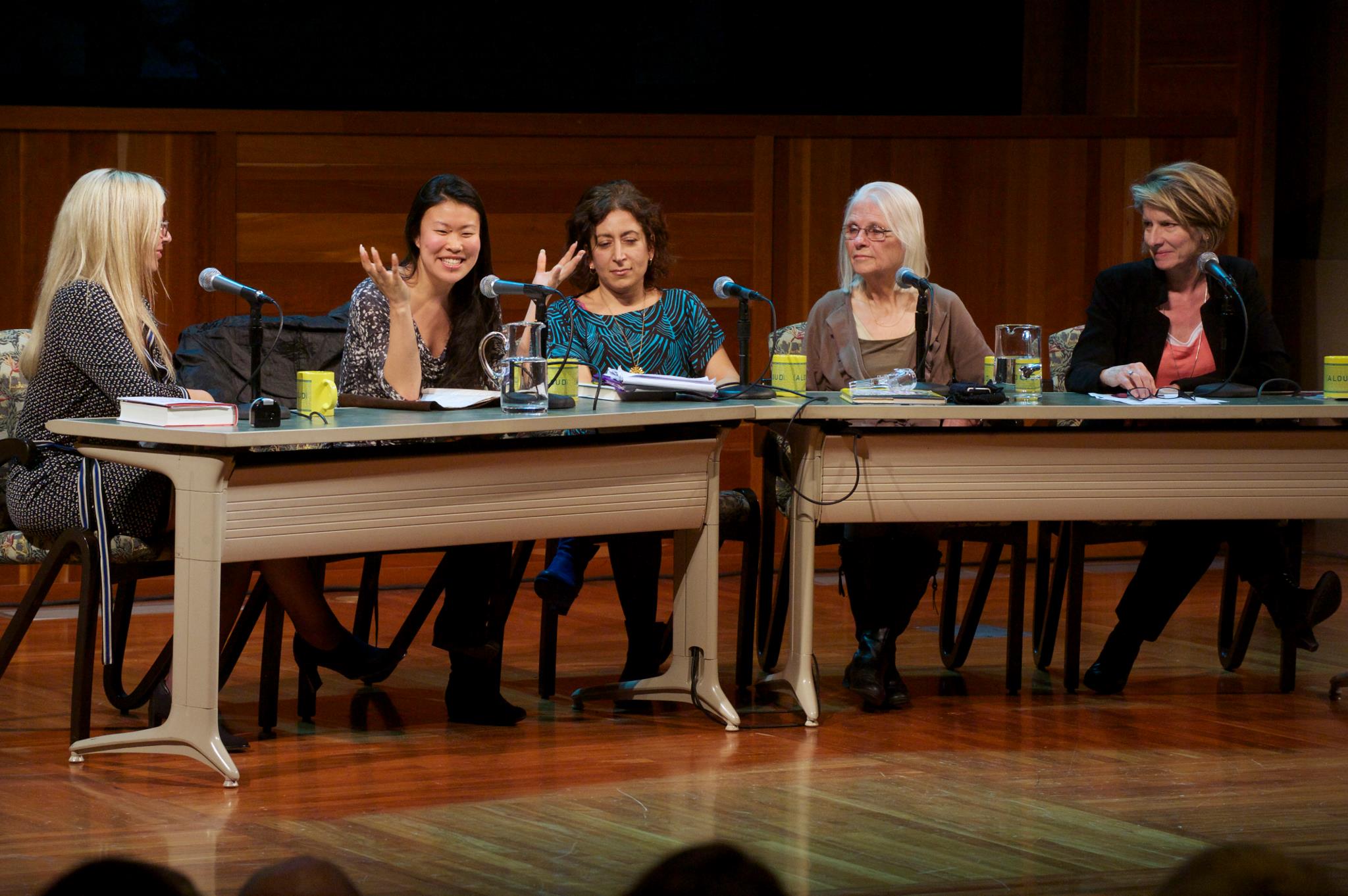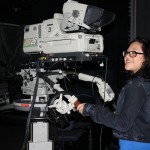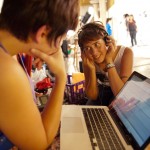IMJ Executive Director Speaks at the ALOUD series: The Annversary of the Feminine Mystique
The Feminine Mystique by Betty Friedan is one of those quintessential feminist reads that every gender studies major in college starts with, that I never read. It meticulously tracks the experiences of well-educated, middle class, white women in the fifties who had all become housewives to fulfill the American Dream. Only something very strange was happening. These women were suffering from an illness doctor’s referred to as “The Housewife’s Syndrome” an illness that left a woman completely spent after a few hours of household chores. The symptoms were similar to depression and the prescription was a series of tranquilizers that could be injected from the comfort of your home. Betty Friedan was a housewife herself at the time after a short career in journalism and she began to interview women who were “failing for no apparent reason to be good mothers and wives.” Friedan called it, “The problem with no name” and at the time, women’s magazines were selling off the wracks with articles entitled “Why he’s not happy,” “How to become the perfect wife,” “All Good Mothers Do.” Doctors and husbands, newspapers, and books all told these women that the problem was somewhere deep inside and needed to be eradicated.
When Friedan published The Feminine Mystique about the patriarchal lie women were living under it was a watershed moment for feminism. The inward inflicting shame was suddenly redirected toward the outside world fueled by a new sense of self. As the next generation of feminists began taking up the torch and the civil rights movement of the sixties started tearing down the confines of a feminism that only included white, middle class women. There was push back from Betty Friedan. The movement seemed to be catering toward a very different audience that was darker and more sexually deviant. Friedan who called self proclaimed lesbian feminists “The lavender menace,” which I personally think would make for an awesome punk band if anyone wants to join me, had trouble with the seemingly varied diluted interpretations of feminism. The notion that feminism is for everyone, including women of color and poor women was not a part of the original audience of the Feminine Mystique. With all that said, I found reading the book on it’s fiftieth anniversary for the Los Angeles Public Library panel, which I was the youngest, queerest, and brownest member complicated to say the least. Both within the book and as a panelist I struggled with feelings of my back being used as a bridge between the middle class white Feminists that still rule mainstream Feminism, with a capital “F” and the queer women of color feminists I’d organized in collectives with. Was feminism even the right banner for the multifaceted gender expressions and intersecting movements that seemed to stretch past what its predecessors had in mind? Or was it only the natural course of things to breathe life into a kind of feminism that was complex and alive?
How could I speak on this panel honoring the 50th anniversary of the feminine mystique when I wasn’t even sure I liked the book? Would I end up being that loud mouthed woman of color on the panel who acted as the counter point to the argument that this book was our feminist bible? Was that why I was asked to speak in the first place? As the rapid fire questions and fears blurted out their concerns, I walked towards the grand central library. Inside I met the other panelists for the first time. There was the moderator, Amy Parish, a biological anthropologist professor at USC, the University I had attended as an undergraduate, Hannah Rosin, Author of “The End of Men,” whom I had recently seen on the Daily Show, Katherine Spillar, Executive Director at the Feminist Majority Foundation, the most influential feminist organization in Los Angeles and Carol Downer, Reproductive Justice Activist and author of “A New View of A Woman’s Body,” the book we use to teach the imMEDIAte Justice girls anatomy. My stomach felt like it was dropping to my knees. Why was I here? What was I going to contribute to this important discussion on a panel of “today’s brightest cultural, scientific, and political luminaries” according to the Library Foundation of Los Angeles’ website? To make matters worse, I spotted three of my film school professors in the audience. I had specifically not told any of my friends about this panel because I didn’t want anyone I knew to see me tank. But as the house lights dimmed and the moderator stepped up to the podium, the little voice that had gotten me the four blocks from my downtown apartment to the library that day said, “You got this!” and so I did not run off the stage. I tried to shake the nerves to speak honestly and stay grounded. Check out the podcast to see how the conversation unfolded:
Podcast of the ALOUD Series: The Feminine Mystique 50 Years Later














